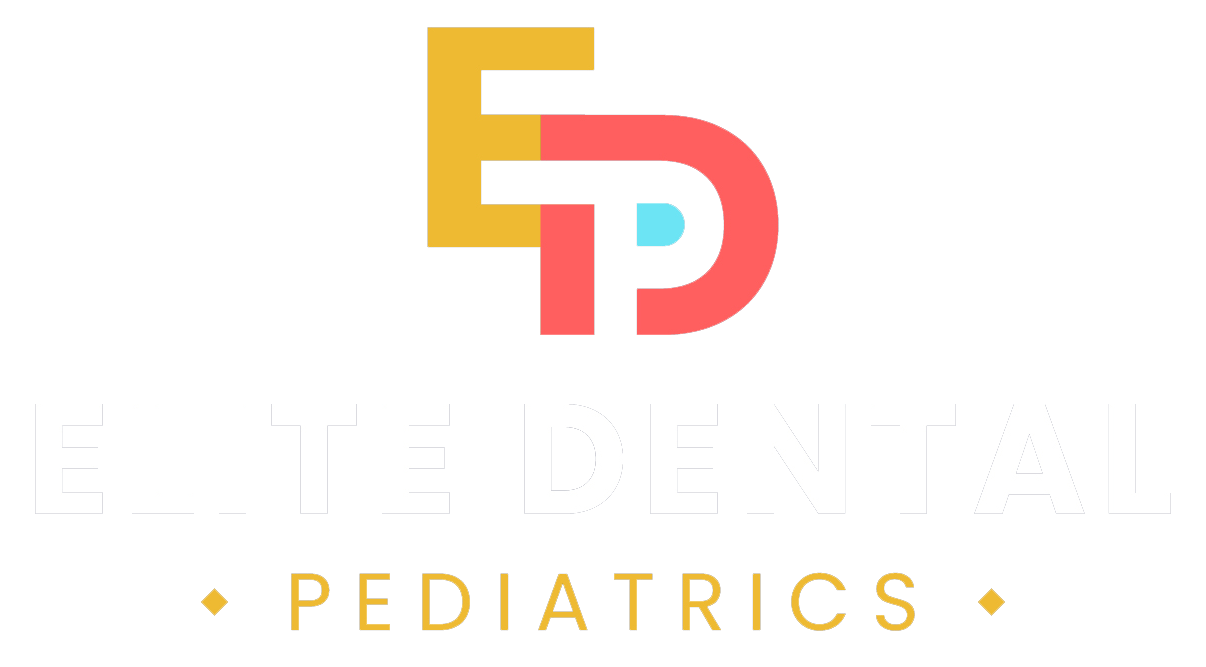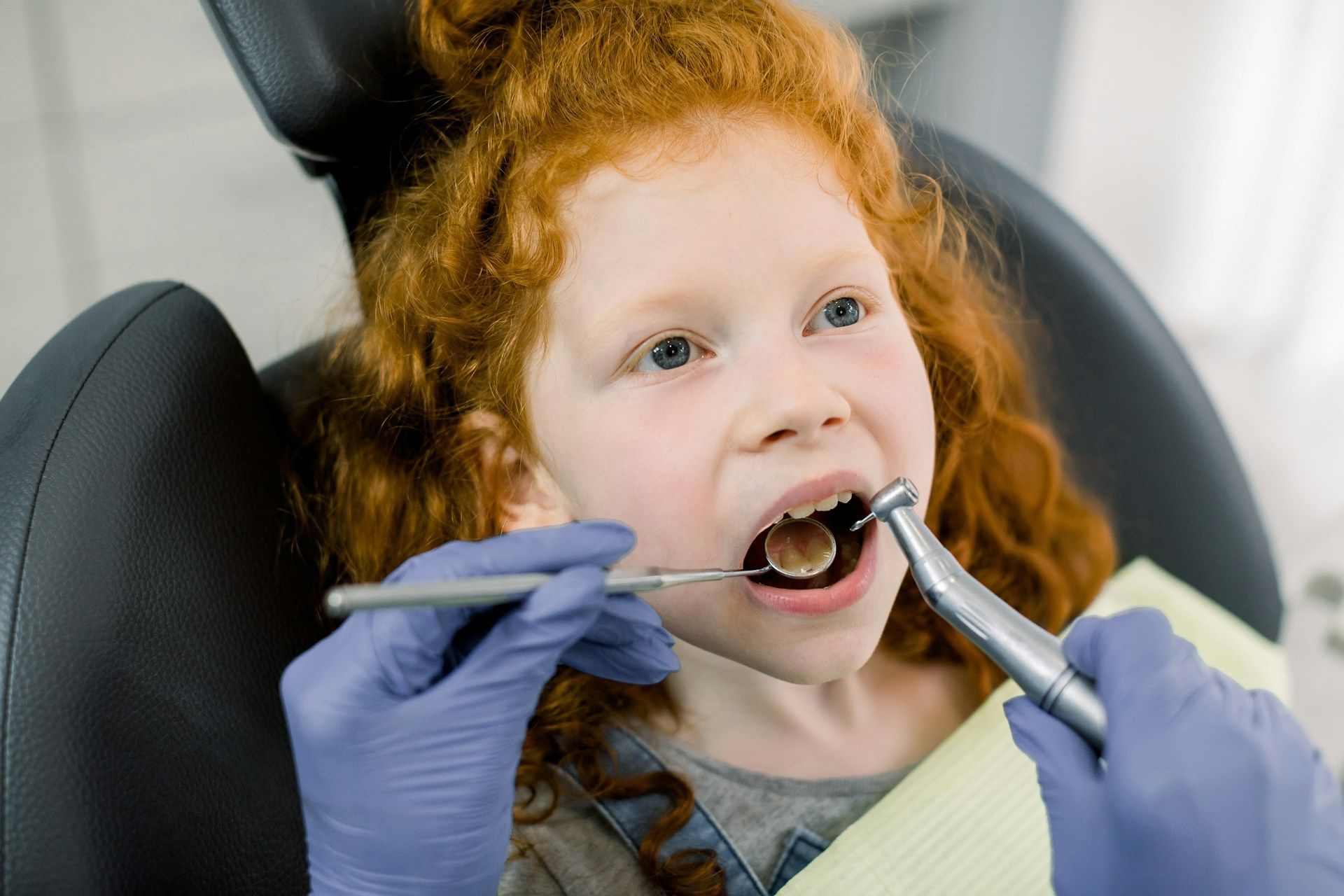How Fluoride Treatments Can Protect Your Child's Teeth
Taking care of your child's teeth goes beyond daily brushing and flossing. One of the most effective ways to prevent tooth decay and ensure strong, healthy teeth is through fluoride treatments. Fluoride is a natural mineral that helps to strengthen tooth enamel, making it more resistant to the acids produced by bacteria in the mouth. This is especially important for children, whose developing teeth can benefit greatly from added protection.
In this article, we'll explore the importance of fluoride treatments, how they benefit your child's teeth, and the recommended timing and frequency for these treatments. We'll also address common concerns and explain the process so you can feel confident in making informed decisions about your child's dental care. Understanding the role of fluoride treatments can help ensure your child grows up with strong, healthy teeth.
What Is Fluoride?
Fluoride is a naturally occurring mineral found in water, soil, and various foods. It plays a critical role in dental health by helping to prevent tooth decay. Fluoride works by remineralizing tooth enamel, thereby repairing tiny cracks and providing a stronger barrier against acid attacks from bacteria in the mouth. For children, fluoride is especially important because it can help to protect developing teeth, ensuring they grow strong and healthy.
How Fluoride Benefits Children's Teeth
Fluoride offers several key benefits for children's teeth. Primarily, it strengthens the enamel, making it more resistant to acid and preventing cavities. Fluoride can also reverse early stages of tooth decay, helping to avoid more invasive treatments like fillings or crowns. Regular exposure to fluoride, whether through drinking water, toothpaste, or professional treatments, supports ongoing dental health and helps ensure that your child's teeth remain strong and cavity-free.
Forms of Fluoride Treatments
There are various forms of fluoride treatments available for children:
- Topical Fluoride: Applied directly to the teeth in the form of gels, foams, or varnishes during a dental visit. These are quick treatments that provide a high concentration of fluoride.
- Fluoride Toothpaste and Mouth Rinse: Many over-the-counter dental care products contain fluoride, providing daily protection with regular use.
- Fluoridated Water: Drinking water that contains fluoride is one of the easiest and most effective ways to ensure children receive this essential mineral.
- Prescription Fluoride Supplements: These are available in the form of tablets, drops, or lozenges for children who do not have access to fluoridated water.
Recommended Age for Starting Fluoride Treatments
Children should start receiving fluoride treatments as soon as their first tooth appears. This usually occurs around six months of age. Early application of fluoride helps build a strong foundation for healthy teeth. Regular fluoride treatments during routine dental check-ups provide continuous protection against cavities as more teeth emerge.
Frequency of Treatments Based on Dental Needs
The frequency of fluoride treatments depends on your child's individual dental health needs. For most children, dentists recommend fluoride treatments every six months during routine dental visits. However, children who are at higher risk for dental decay may require more frequent treatments. Factors such as dietary habits, oral hygiene practices, and previous dental issues can influence how often fluoride treatments are needed. Your pediatric dentist will determine the best schedule based on a thorough examination of your child's teeth.
Professional vs. Home Fluoride Treatments
Fluoride treatments can be administered both professionally at a dental office and at home.
- Professional Treatments: These typically involve high-concentration fluoride through gels, foams, or varnishes applied directly to the teeth by a dentist. These treatments provide a quick and effective boost to your child's dental health.
- Home Treatments: These include fluoride toothpaste and mouth rinses used during daily brushing routines. While these products provide lower concentrations of fluoride compared to professional treatments, they offer consistent, everyday protection.
Combining professional fluoride treatments with good oral hygiene practices at home is the best way to maintain your child’s dental health and prevent cavities.
What to Expect During a Fluoride Treatment
When you bring your child in for a fluoride treatment, the process is quick and straightforward. The dental hygienist or dentist will first clean your child's teeth to remove any plaque and debris. Then, they will apply a fluoride solution to the teeth using a brush, swab, tray, or mouthwash. This solution is usually left on the teeth for a few minutes to allow the fluoride to be absorbed by the enamel. The procedure is painless and well-tolerated by children, making it an easy addition to regular dental visits.
Common Methods Used by Dentists
There are several methods dentists use to apply fluoride treatments:
- Gels and Foams: These are often placed in a tray that the child bites into for a few minutes.
- Varnishes: These are painted directly onto the teeth and harden quickly, allowing the child to eat and drink soon after the treatment.
- Rinses: These are less commonly used in professional settings but may be provided for home use under supervision.
The specific method chosen will depend on your child's needs and comfort level, as well as the dentist's preference.
Post-Treatment Care and Precautions
After a fluoride treatment, it's important to follow some basic care guidelines to maximize the benefits:
- Avoid Eating or Drinking: Encourage your child not to eat or drink for at least 30 minutes after the treatment to allow the fluoride to fully absorb.
- Soft Foods: If your child feels any slight discomfort, soft foods can be easier to eat immediately after the treatment.
- Brushing: Ensure your child continues their regular brushing routine, but wait until the following morning to brush if instructed by your dentist.
By following these precautions, you can help ensure that the fluoride treatment provides maximum protection for your child’s teeth.
Safety of Fluoride for Children
One common concern among parents is the safety of fluoride for children. Fluoride, when used correctly and in appropriate amounts, is safe and effective in preventing tooth decay. Dentists carefully measure the amount of fluoride used in treatments to ensure it is within safe limits. Additionally, fluoride in community water supplies is also regulated to safe levels.
Myths and Facts About Fluoride
There are several myths about fluoride that can cause unnecessary worry:
- Myth: Fluoride is dangerous and toxic.
Fact: Fluoride is safe when used as directed by dental professionals. It is a naturally occurring mineral that benefits dental health.
- Myth: Fluoride treatments aren’t necessary if you use fluoride toothpaste.
Fact: While fluoride toothpaste is beneficial, professional treatments provide a concentrated boost that helps prevent cavities more effectively.
- Myth: Fluoride can cause serious health problems.
Fact: Extensive research has proven that fluoride does not cause health issues when used appropriately. It is endorsed by major health organizations worldwide.
Consulting Your Pediatric Dentist
If you have any concerns about fluoride treatments, it’s always best to talk to your pediatric dentist. They can provide you with personalized information and recommendations based on your child’s specific dental health needs. Your dentist can explain how fluoride works, why it is important, and how treatments can be tailored to best support your child’s oral health. Open communication with your pediatric dentist ensures that you make well-informed decisions about your child’s dental care.
Conclusion
Fluoride treatments are a crucial part of maintaining your child's dental health. They offer significant benefits, including the prevention of cavities and the strengthening of tooth enamel. By understanding the importance of fluoride, the treatment process, and addressing any concerns, you can help ensure your child’s teeth remain healthy and strong. Regular fluoride treatments, combined with good oral hygiene practices at home, are essential steps in safeguarding your child’s smile.
If you have questions or are ready to schedule a fluoride treatment for your child, contact us at Elite Dental Pediatrics today. Our team of family dentists in Houston is here to help you every step of the way in maintaining your child's beautiful smile.










